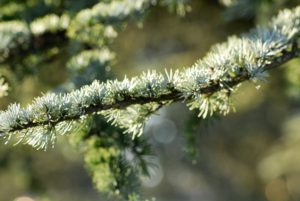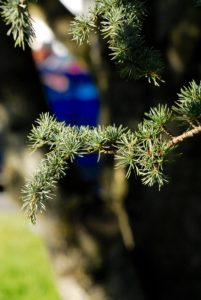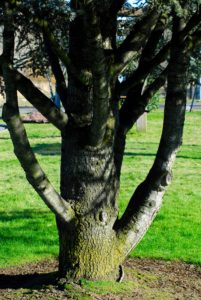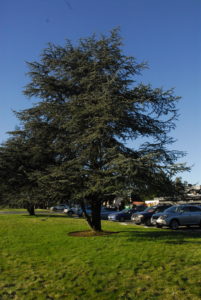



| Atlas Cedar | ||
| Cedrus Atlantica | ||
| Type: Evergreen Conifer | ||
| Exposure: Full Sun | ||
| Water: Regular | ||
| I have no idea what’s going on with the appearance of the text here. Tech and I don’t always get along.
The “Atlas” in “Atlas Cedar” refers to the Atlas mountains in Northern Africa, which is where today’s plant originates. Growing to an ultimate height of 50ft (15m), with a spread of about half that, the Atlas Cedar is often chosen for a specimen tree in larger landscape situations. It’s prized for its colorful foliage, which can run from green through silvery blue to blue; the bluer cultivars are labelled “Glauca goup.” This foliage appears in the form of half inch to inch long (12-25mm) needles which appear in dense clusters of 10-20 along the branches. Greenish, barrel shaped cones which can grow to 3in (7.5cm) turn brown as they mature over the course of two years. It prefers acidic soil, and can be drought tolerant after it’s become established. |
||
| The tree’s wood has been used for timber as well as for the production of essential oil, which is used both as an insect deterrent and for medicinal uses such as a cure for hair loss, dandruff and bronchitis, as well as an aphrodisiac. However, I can’t comment on its effectiveness in any of these situations. | ||
| There are also golden-leaved, fastigiate (columnar), and pendulous (weeping) forms available, the latter being quite widely used around here. | ||
| Fun Fact: There’s an Atlas Cedar on the White House lawn. US President Jimmy Carter had a treehouse built in it for his daughter. |
